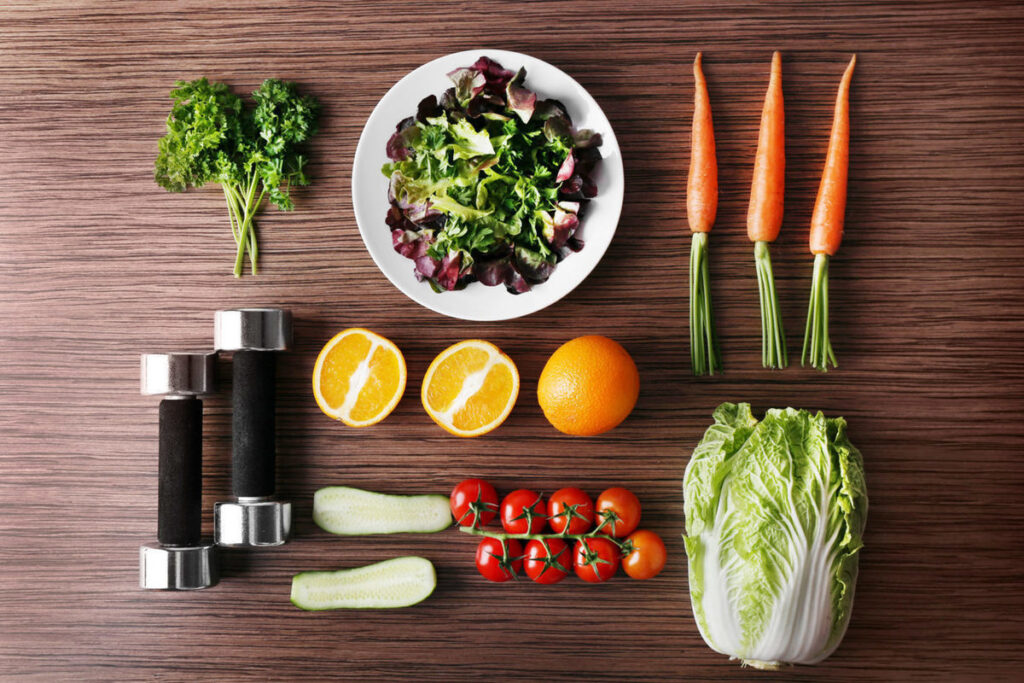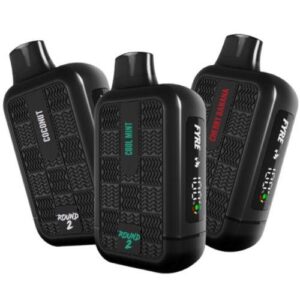In today’s fast-paced world, achieving optimal health can feel overwhelming. With countless diet plans, workout routines, and wellness advice available, knowing where to start is half the battle. This article provides a straightforward guide to designing the best fitness blog and diet plan tailored to your goals and lifestyle.
Setting Your Goals
Before diving into any fitness or diet routine, it’s essential to define your objectives. Are you aiming for weight loss, muscle gain, improved stamina, or simply better overall health? Having a clear goal will help you create a plan that works best for you.
SMART Goals
Your goals should be Specific, Measurable, Achievable, Relevant, and Time-bound (SMART). For example:
Instead of “I want to lose weight,” say, “I want to lose 10 pounds in three months by exercising four times a week and eating a balanced diet.”
Best Fitness Plan
Find the Right Exercise Routine
Your workout routine should align with your fitness goals:
For Weight Loss: Focus on cardio exercises like running, cycling, or swimming, combined with strength training to build muscle and boost metabolism.
For Muscle Building: Prioritize resistance training with weights, and focus on progressive overload to continuously challenge your muscles.
For General Health: Incorporate a mix of cardio, strength, flexibility, and balance exercises. Yoga and Pilates are excellent for overall wellness.
Stay Consistent
Consistency is more important than intensity. Start with achievable workouts and gradually increase difficulty.
Track Your Progress
Use fitness apps or journals to monitor your progress. Seeing results can keep you motivated.
Best Diet Plan
Understand Your Nutritional Needs
Calories: Calculate your daily caloric needs based on your activity level and goals.
Macronutrients: Aim for a balanced intake of carbohydrates, proteins, and fats. A common ratio for weight loss is 40% carbs, 30% protein, and 30% fats.
Focus on Whole Foods
Prioritize whole, unprocessed foods to nourish your body. Incorporate:
Proteins: Lean meats, fish, eggs, tofu, legumes
Carbohydrates: Whole grains, fruits, vegetables
Fats: Nuts, seeds, avocados, olive oil
Plan Your Meals
Meal prepping can save time and help you stick to your diet. Here’s an example:
Breakfast: Oatmeal topped with fruits and a drizzle of honey
Snack: A handful of mixed nuts
Lunch: Grilled chicken with quinoa and steamed vegetables
Find the Right Exercise Routine
Your workout routine should align with your fitness goals:
For Weight Loss: Focus on high-intensity interval training (HIIT), cardio exercises (like running or cycling), and total-body strength training to boost metabolism.
For Muscle Gain: Incorporate resistance training with weights, focusing on progressive overload. Train each muscle group at least twice a week for optimal results.
For Improved Flexibility and Balance: Add yoga, pilates, or mobility exercises to your routine.
For Endurance: Engage in activities like swimming, jogging, or long-distance cycling to build stamina.
Create a Balanced Schedule
Consistency is key to success. Aim for at least 150 minutes of moderate aerobic activity or 75 minutes of vigorous activity per week, combined with two days of strength training. Rest days are equally important to allow muscle recovery and prevent burnout.
Make It Enjoyable
Find activities you enjoy, whether it’s dancing, hiking, or playing a sport. This increases the likelihood of sticking with your fitness routine.
Best Diet Plan
A healthy diet complements your fitness plan and ensures your body gets the nutrients it needs to thrive.
Focus on Whole Foods
Base your meals on whole, minimally processed foods:
Proteins: Lean meats, fish, eggs, tofu, lentils, and beans for muscle repair and growth.
Carbohydrates: Whole grains, sweet potatoes, fruits, and vegetables for sustained energy.
Fats: Healthy sources like avocados, nuts, seeds, and olive oil to support hormone function and brain health.
Control Portion Sizes
Eating the right portion sizes prevents overeating. Use techniques like the plate method:
Half the plate: Vegetables
Quarter of the plate: Protein
Quarter of the plate: Whole grains or starchy vegetables
Stay Hydrated
Water is essential for digestion, energy, and recovery. Aim for at least 8–10 glasses of water daily, and more if you’re active.
Plan and Prep Meals
Meal prepping helps you avoid unhealthy choices during busy days. Cook and portion your meals in advance to save time and maintain control over your diet.
Tips for Staying Motivated
Track Your Progress: Use fitness apps or journals to record workouts, meals, and progress photos.
Find a Workout Buddy: Exercising with a friend keeps you accountable and makes fitness more enjoyable.
Celebrate Small Wins: Reward yourself for reaching milestones, like buying new workout gear or enjoying a cheat meal.
Stay Flexible: Life happens! Don’t be discouraged by setbacks. Adjust your plan and keep moving forward.
Daily Diet Plan:
Breakfast: Scrambled eggs with spinach, whole-grain toast, and a piece of fruit
Snack: Greek yogurt with nuts and berries
Lunch: Grilled chicken salad with quinoa and olive oil dressing
Snack: Hummus with carrot and cucumber sticks
Dinner: Baked salmon, steamed broccoli, and sweet potato
Hydration: Drink water throughout the day; include herbal tea or infused water for variety.
Final Thoughts
A sustainable fitness and best diet plan is not about short-term fixes but about creating a lifestyle that promotes long-term health. Tailor your routine to suit your preferences and needs, stay consistent, and be patient with yourself. Remember, small, consistent changes lead to significant results over time.






